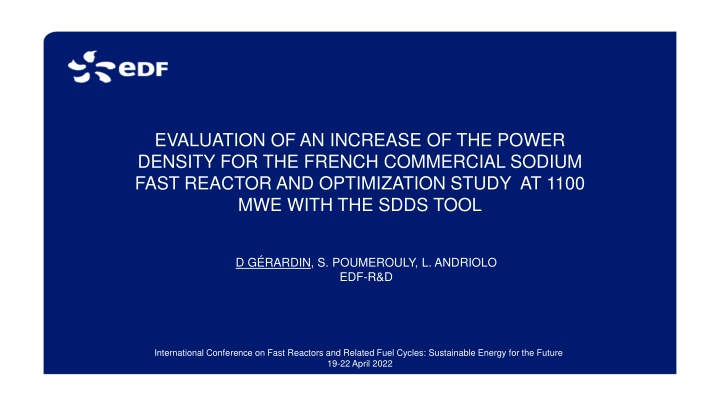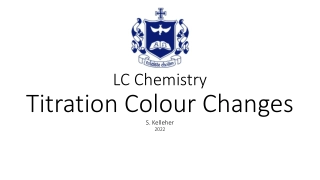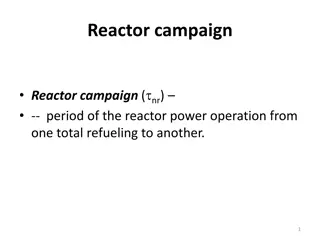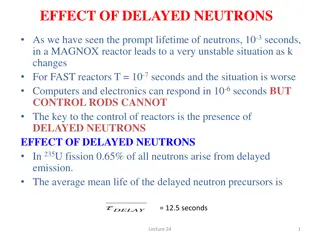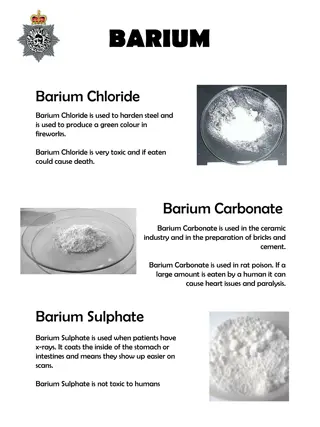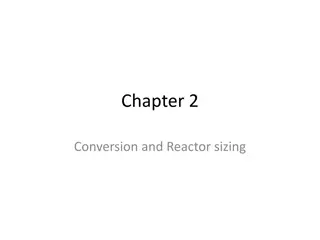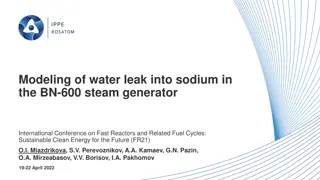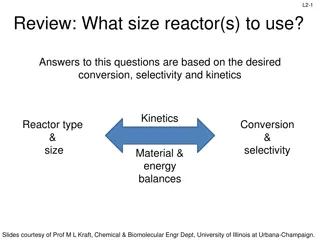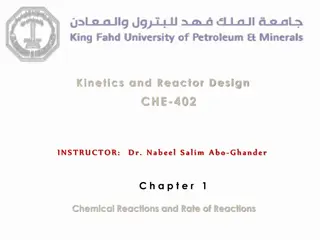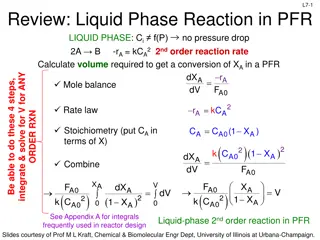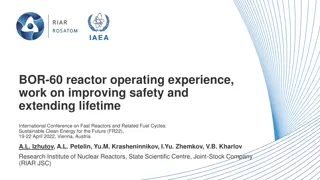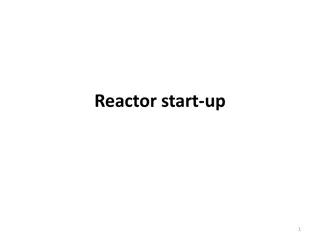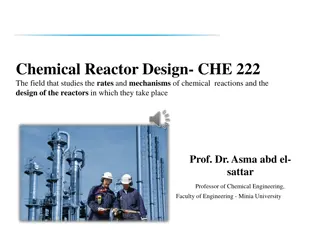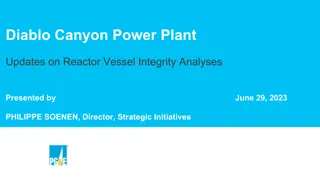Evaluation of Power Density Increase for French Sodium Fast Reactor at 1100 MWe
This study evaluates the increase of power density for the French commercial sodium fast reactor and explores optimization at 1100 MWe using the SDDS Tool. The research conducted by GerardIN, S. and Poumerouly, L. delves into enhancing the reactor's performance and efficiency through power density enhancement. The findings and recommendations aim to improve the reactor's overall operation and output.
Download Presentation

Please find below an Image/Link to download the presentation.
The content on the website is provided AS IS for your information and personal use only. It may not be sold, licensed, or shared on other websites without obtaining consent from the author.If you encounter any issues during the download, it is possible that the publisher has removed the file from their server.
You are allowed to download the files provided on this website for personal or commercial use, subject to the condition that they are used lawfully. All files are the property of their respective owners.
The content on the website is provided AS IS for your information and personal use only. It may not be sold, licensed, or shared on other websites without obtaining consent from the author.
E N D
Presentation Transcript
EVALUATION OF AN INCREASE OF THE POWER DENSITY FOR THE FRENCH COMMERCIAL SODIUM FAST REACTOR AND OPTIMIZATION STUDY AT 1100 MWE WITH THE SDDS TOOL D G RARDIN, S. POUMEROULY, L. ANDRIOLO EDF-R&D International Conference on Fast Reactors and Related Fuel Cycles: Sustainable Energy for the Future 19-22 April 2022
I. CONTEXT | 2
CONTEXT Reduction of the core size 1) Reduction of the vessel size Reduction of the size of the neutron protection French commercial SFR under definition at EDF since 2017 Increase of the power density 2) Reduction of the pump size Objective: Enhanced competitiveness with reduced construction costs Several options identified to reduce SFR costs that needs further R&D studies Conception and optimisations studies performed at EDF-R&D with SDDS tool Reduction of SFR cost Concept of short secondary loops Etc. Etc. 1) Study performed in 2018 for a 1000 MWe SFR 2 designs (12 SA rings or 13 SA rings) pre-selected as they offered good compromise between safety performances and reduced core diameter 2) Study performed in 2020 considering a 10% increase of nominal power 1000 MWe (2400 MWth) 1100 MWe (2640 MWth) Questions to be answered: Are the trends of the study at 1000 MWe still the same at 1100 MWe? Is it possible to find a design at 1100 MWe that meet the safety criteria and the limited core diameter objective ? Complementary studies to test some evolutions of the variable parameters or selection criteria | 3
II. METHOD | 4
SDDS Tool to help the conception and the optimisation of SFR cores Developed at EDF since 2009 | 5
SPECIFICATION OF THE STUDY Parameter Number of fuel sub-assembly rings Number of pins per sub-assembly Pellet/cladding (radial) gap (mm) Inner clad radius (cm) Outer core height (cm) Outer/inner core height gap (cm) Fertile plate position (% of inner core height) Fertile plate thickness (cm) Range 12 or 13 217 or 271 [0 ; 0.11] [0.35 ; 0.5] [90 ; 110] [0 ; 20] [0 ; 50] [0 ; 20] Low sodium void effect core geometries Heterogenous core with fertile plate, height gap between inner and outer core and plenum Variation range allows to go up to homogeneous core geometry Additional constraints/filters before creating the surrogate models French commercial SFR specifications: power density in [250 ; 375] W/cm3 Core viability: Margin to fuel melting in nominal conditions > 0 | 6
RESULTS OF THE SDDS STUDY AT 1100 MWE Colour : number of pins per assembly Results presented in (Margin to fuel melting during UCRW, sodium temperature in ULOSSP) Degradation of the safety performances compared to previous study at 1000 MWe 12 assembly rings TULOSSP in [901 ; 1170] C & Margin to fuel melting in UCRW [-189 ; 98] W/cm No design avoiding boiling in ULOSSP in the studied space 12 rings 13 assembly rings TULOSSP in [878 ; 1122] C & Margin to fuel melting in UCRW [-189 ; 98] W/cm Designs avoiding fuel melting in UCRW and designs avoiding boiling in ULOSSP but not both simultaneously Enhanced safety Best designs on the safety point of view located on the Pareto front Colour of each point indexed on the mean value of the studied parameter 13 rings Number of pins Designs on Pareto front with a high number of pins per assembly (271 rather than 217) | 8
RESULTS OF THE SDDS STUDY AT 1100 MWE Colour : outer core height Outer core height Gradient colinear to Pareto front either small outer core to enhance ULOSSP or a large outer core to enhance UCRW 12 rings For other parameters, designs on the Pareto front with Thin pins ~8 mm diameter due to the filtering of the low power density cores Relatively small inner/outer core height gap Large fertile plate (15-20 cm) either located at the bottom of the core to enhance ULOSSP or at the middle of the core to enhance UCRW Similar trends than the ones observed in the study at 1000 MWe 13 rings | 9
SELECTION OF A 1100 MWE CORE CRITERIA AND OPTIMISATION OBJECTIVES Criteria (safety related criteria) Margin to fuel melting in nominal conditions > 300 C (Standard conception criteria) Margin to fuel melting in case of UCRW > 20 W/cm (to take into account the surrogate models' uncertainties) Optimisation objectives Safety objectives: Sodium temperature in ULOSSP at core outlet as low as possible Economical objective: Core diameter as small as possible 12 SA rings configurations : no core configuration selected at 1100MWe because of poor safety performances (in the studied space) | 11
SELECTION OF A 1100 MWE CORE 13 SA rings configurations Core selected in 2018 re-evaluated at 1100 MWe does not meet the non-melting criteria in UCRW Core selected with the new optimisation at 1100 MWe Meet the safety criteria regarding non fuel melting Same core radius as the core selected in 2018 Core on the Pareto front of the SDDS study at 1100 MWe Core selected in 2018 re-evaluated at 1100 MWe Parameter Outer pellet radius [cm] Inner clad radius [cm] Outer core height [cm] Outer/inner core height gap [cm] Inner fertile zone position (% of inner core height) Inner fertile zone height [cm] Number of pins per SA Fissile core radius [cm] Power density [W/cm3] Margin to fuel melting in nominal conditions [ C] Margin to fuel melting in UCWR [W/cm] Asymptotic temperature in ULOSSP [ C] 13-Ref 0.346 0.35 94 5 5 20 271 203 304 356 -3 915 13-C5 0.3455 0.35 92 0 18 15 271 203 302 431 29 922 Does not avoid sodium boiling in ULOSSP SDDS models : Simplified thermohydraulic, natural convection but no passive protection system Need more precise modelling and additional protection system | 12
COMPLEMENTARY STUDIES Test of some evolutions of the variable parameters or selection criteria Increase of the number of pin per assembly Variation range shifted from {217 ; 271} to {271 ; 331} to access core configurations with better behaviour in ULOSSP and in UCRW Significative improvement of the safety performances (particularly in ULOSSP) but : Designs with 13 SA rings and 331 pins : too large core radius (too low power density) do not meet the French commercial SFR specifications Designs with 12 SA rings and 331 pins : lower safety performances than the 13 SA rings and 271 pin designs and equivalent core radius Addition of technical and economical criteria Campaign length > 1500 JEPN Maximal damage on the cladding < 150 dpa Increased number of designs are eliminated (some of them being on the Pareto front and with a low sodium temperature in ULOSS) | 14
CONCLUSIONS & PERSPECTIVES Several constraints Safety performances : some of the geometrical characteristics that enhance ULOSSP tend to degrade UCWR (and vice versa) Economical objectives (reduction of the core radius and high power density) opposed to safety objectives 10% increase of the power Similar trends at 1000 MWe and 1100 MWe (core on Pareto front with similar characteristics) Degradation of the safety performances for ULOSSP and for UCRW One 13 assembly rings design with 271 pins per assembly pre-selected Further studies of the selected design Selected design does not avoid sodium boiling in ULOSSP with the models of SDDS Implementation of passive safety rods and more precise modelling => CATHARE study Evaluate the severe accident behaviour and the need for mitigation devices implementation => SIMMER study No fixed design More precises studies of the pre-selected design foreseen => feedback on the design => iterative procedure Possible future evolution of the criteria and optimisation objectives of the French commercial SFR | 16
